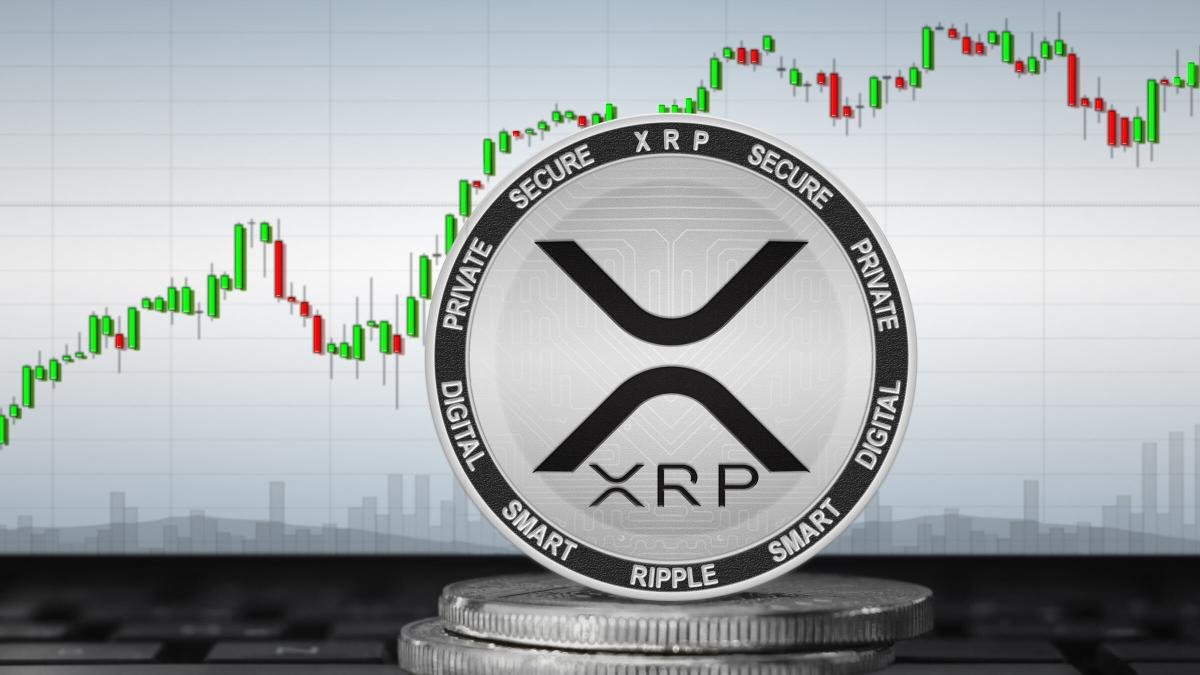XRP to New Highs How Ripple’s Tokenization Strategy

Ripple’s cryptocurrency XRP will continuously hit new heights in the coming months. Today, February 11, 2025, XRP is worth about $2.42, an impressive price increase compared to its previous worth. Crypto Trader Loses, Thus, this upward movement is not just a speculation pump but is deeply connected to Ripple’s strategic asset tokenization focus. Ripple is leading a charge towards a future where tangible assets can be tokenized, reshaping the financial paradigm and cementing XRP’s suitability for cross-border transactions.
Tokenization and Ripple’s Strategic Significance
Tokenization refers to turning ownership rights of real-world assets into digital tokens that can be bought, sold, and transferred on a blockchain. Not only does this bring greater liquidity, transparency, and accessibility, but it also enhances security and compliance. Ripple has been leading this charge, using its XRP Ledger (XRPL) to tokenize nearly everything from commodities and real estate to securities and government bonds. The XRPL creates a decentralized, high-scalability, cost-effective environment where these assets can be issued and traded without some inefficiencies and time lags associated with traditional financial systems.
Ripple’s Tokenization Strategy
Ripple has its eye, particularly on tokenizing traditional assets, including bonds and securities. Ripple bridges the gap between traditional finance and blockchain-based technologies by facilitating financial firms to tokenize these asset classes on the XRPL. It simplifies settlement processes, decreases operational costs, and enables real-time global transactions.

Another key aspect of Ripple’s strategy is its focus on interoperability. By integrating into different ecosystems, the Omni Network allows tokenized assets to be seamlessly transferred across ecosystems, making the XRPL a hub for all token-based financial products. Such interoperability is key to mainstream adoption, allowing traditional and decentralized financial markets to interact seamlessly.
Effects on XRP’s Market Performance
All of these factors, which led to the increasing adoption of Ripple’s tokenization strategy, have affected XRP’s market performance. As a result, the increasing role of the XRPL as a network for tokenized assets has prompted demand for XRP, which serves as a bridge currency in these transactions. The increasing use of XRP by financial institutions and investors for settlement and liquidity management enhances its value proposition, leading to an upward trend in its price.
As the interest in tokenization grows. The demand for XRP is expected to grow, too, according to market analysts’ predictions. Which are likely to send the price of XRP past its previous ATH? Moreover, there are positive market trends on tokenization and numerous big finance. Players positioning themselves as movers and shakers in asset management contribute to this increasing ground well.
Summary
Ripple’s focus on asset tokenization also shows its potential to be a leader in the future financial system. Ripple aims to empower financial institutions to integrate. This functionality is integrated into their operations by connecting traditional assets to the blockchain ecosystem. With regulatory clarity improving and an increasing number of institutions adopting tokenization. However, Ripple’s strategy could be a blueprint for wide-scale adoption, propelling XRP to new heights.
In essence, Ripple’s tokenization strategy serves as the catalyst that has the potential to revolutionize the landscape of global finance. However, With real-world applications in full effect. XRP and Solana race, With partnerships with major financial institutions and rising demand for XRP. XRP is positioned for continued growth. Should Ripple keep up its momentum, XRP’s trip to new highs may be starting.
[sp_easyaccordion id=”5810″]
